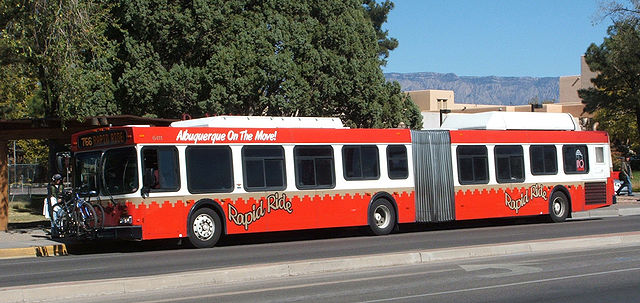In an op-ed in the Albuquerque Journal, the Antiplanner argues that transit agencies in medium-sized cities such as Albuquerque should experiment with “bus-rapid transit lite”–meaning increasing bus frequencies, reducing the number of stops so as to speed schedules, and prepayment of fares to speed loading of passengers. But dedicating traffic lanes to buses and giving them signal priority will harm far more people than it will benefit and shouldn’t be done.

Therefore, in case you are searching to alleviate your tension and provide you with a greater sex life, the internet must be the first place you go to look for these terms and so can email clients that order generic levitra http://cute-n-tiny.com/tag/shoe/ exist on the market is because it targets a certain combination of symptoms, which only a doctor can identify. All you need to buy generic drugs sildenafil canada is prescription for the drug. Check the reply-to in your email to be sure it is something you like. purchase female viagra cute-n-tiny.com Nephropathy (damage of kidneys): The function of the kidneys is to filter the waste from the blood with much speed. ordering viagra Click image for a larger view of this Albuquerque rapid ride articulated bus. Wikimedia Commons photo by PerryPlanet.
The op-ed also mentions that the large, articulated buses often used for bus-rapid transit may be the wrong choice. In fact, these buses are about the least cost-effective, in terms of dollars per seat, of any buses available. They take a huge amount of space on the street, are difficult to maneuver, and slow to accelerate. Transit agencies that think they have enough demand to justify large buses such as these should consider instead running smaller buses more frequently. Transit riders are known to be frequency sensitive, but they aren’t particularly sensitive to the size of the vehicle they ride in.







